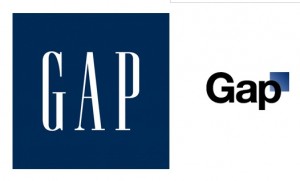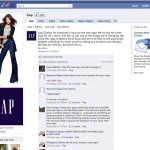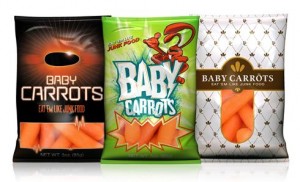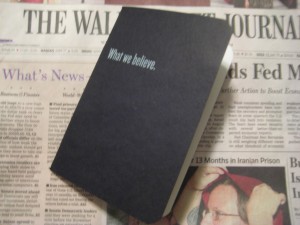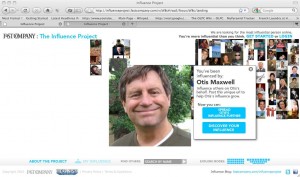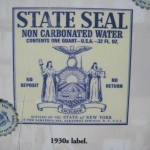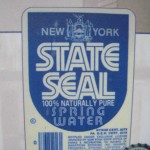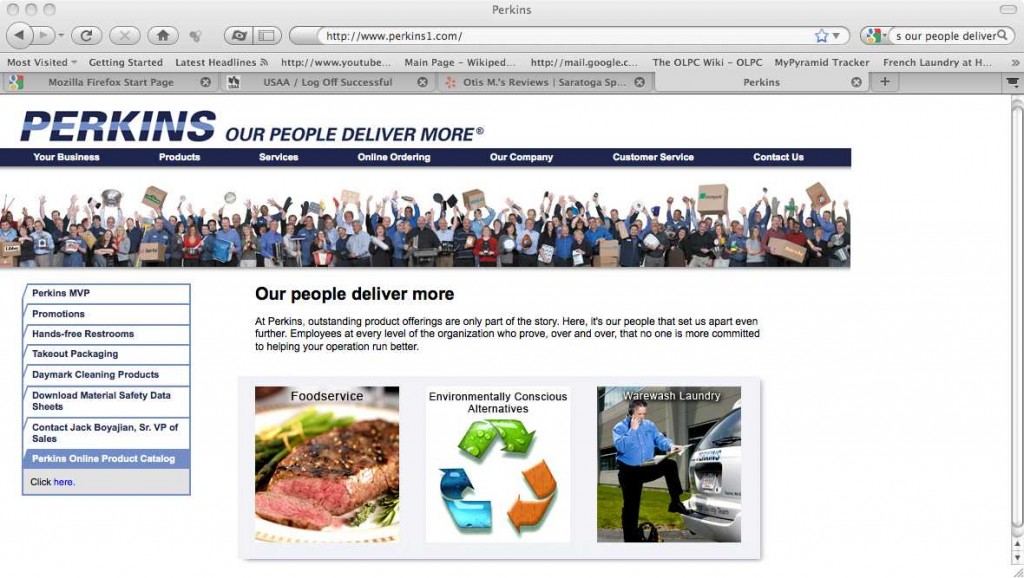The annual Direct Marketing Association conference is a challenge for exhibitors. It’s a horizontal show, with many different categories of vendors represented from bankers to software to printers to agencies. And many of these have complex value propositions that are hard to convey with an elevator pitch.

In this environment, the booth shown here stands out. Everything is orange, and they’re giving away cupcakes with bright orange icing. The cupcakes attract traffic, and when the sales force follows up after the show they can say “we’re the people who had the orange cupcakes, remember?” All good.
The marketing tie-in is a little more tenuous. The booth staffer explained that “we’re the only software-as-a-service solution at the show for migrating legacy systems” for order entry, customer records and other mail order chores. That’s a bit complex to convey in an elevator pitch so the company—named “swyft” and pronounced “swift” I will guess—decided to just go for being remembered. Some people might go to their website, but in any case there are these orange cupcakes.
A bit of research was done, consisting of looking at the collateral. The cupcake tie-in becomes clearer, though the copywriter unfortunately cannot resist a treacly flow of plays on words: “Sweet! Ripping and replacing legacy systems is about as fun as a root canal. It can be a slow, painful process and leaves a bad taste in your mouth. That’s why we built the Swyft Interaction Hub to sit ever so sweetly right on top of your existing customer systems. It’s like the icing on your customer infrastructure cupcake.”
I have the feeling the booth people either weren’t fully briefed on this platform or didn’t feel comfortable mouthing it. I pressed the booth rep on the tie-in between the cupcakes and the product and she said “we’re cloud computing” and we agreed the puff of orange icing was indeed like a puffy cloud. OK.
I’m giving them best of show for the DMA by default but you see how this could have been even better. Think through that metaphor of cloud computing and maybe there’s a better way to express it…. maybe cotton candy which was being given away at the next booth (not as a gimmick, just free candy). Or here’s an idea, how about tying into the name “swyft/swift”? Any metaphors come to mind for that one?
